Stephen E. Braddock's Ireland Diary
I left Tralee this morning and headed to Tarbert. On the way, I stopped in the little town of Listowel. I visited Listowel Castle and The Garden of Europe.
Listower Castle was the last bastion against Queen Elizabeth I in the First Desmond Rebellion. The castle was built in the 15th century and was the last fortress of the Geraldines to be subdued. It fell after 28 days siege to Sir Charles Wilmot on 5 November 1600, who had the castle's garrison executed in the following days. One of the best examples of Anglo-Norman architecture in Kerry, the castle has now been restored to some of its former glory. The castle stands on an elevation on a steep bank, overlooking the river Feale.
The Garden of Europe opened in 1995. It contains more than 3,000 trees and shrubs and is divided into 12 sections, representing the 12 members of the European Union at the time of the project’s commencement. The garden also has Ireland’s only public monument in memory of those who died in the Holocaust and to all victims of injustice and oppression.
The historic and very, very sleepy village of Tarbert is picturesquely situated on the southern shore of the Shannon estuary. It acts as a north gateway to the Kingdom of Kerry and, through its ferry services, as a bridge between the southwest and the west of Ireland and serves a hub to access three major routes on the Wild Atlantic Way.
Tarbert’s tidal estuary location is enhanced by its varied landscape whereby its rich agricultural land is fringed by gentle sloping hills, interspersed by deciduous woodlands and stretches of bogland.
One cannot but be struck by the amount of old stone walls that still exist in and around Tarbert. Some of these surviving monuments in stone date back to medieval times such as Kilnaughtin Church and Lisloughtin Abbey. Striking instances from the 18th century included Tarbert House, home of the Leslie family. This early Georgian country house is a distinctive feature of Ireland’s architectural heritage.
I am looking directly at the Shannon out of my guestroom window,
Tomorrow, I will cross the River Shannon on the ferry from County Kerry to County Clare.
frbraddock
23 chapters
16 Apr 2020
Day 10: Tarbert
August 17, 2018
|
Tarbert, County Limerick
I left Tralee this morning and headed to Tarbert. On the way, I stopped in the little town of Listowel. I visited Listowel Castle and The Garden of Europe.
Listower Castle was the last bastion against Queen Elizabeth I in the First Desmond Rebellion. The castle was built in the 15th century and was the last fortress of the Geraldines to be subdued. It fell after 28 days siege to Sir Charles Wilmot on 5 November 1600, who had the castle's garrison executed in the following days. One of the best examples of Anglo-Norman architecture in Kerry, the castle has now been restored to some of its former glory. The castle stands on an elevation on a steep bank, overlooking the river Feale.
The Garden of Europe opened in 1995. It contains more than 3,000 trees and shrubs and is divided into 12 sections, representing the 12 members of the European Union at the time of the project’s commencement. The garden also has Ireland’s only public monument in memory of those who died in the Holocaust and to all victims of injustice and oppression.
The historic and very, very sleepy village of Tarbert is picturesquely situated on the southern shore of the Shannon estuary. It acts as a north gateway to the Kingdom of Kerry and, through its ferry services, as a bridge between the southwest and the west of Ireland and serves a hub to access three major routes on the Wild Atlantic Way.
Tarbert’s tidal estuary location is enhanced by its varied landscape whereby its rich agricultural land is fringed by gentle sloping hills, interspersed by deciduous woodlands and stretches of bogland.
One cannot but be struck by the amount of old stone walls that still exist in and around Tarbert. Some of these surviving monuments in stone date back to medieval times such as Kilnaughtin Church and Lisloughtin Abbey. Striking instances from the 18th century included Tarbert House, home of the Leslie family. This early Georgian country house is a distinctive feature of Ireland’s architectural heritage.
I am looking directly at the Shannon out of my guestroom window,
Tomorrow, I will cross the River Shannon on the ferry from County Kerry to County Clare.
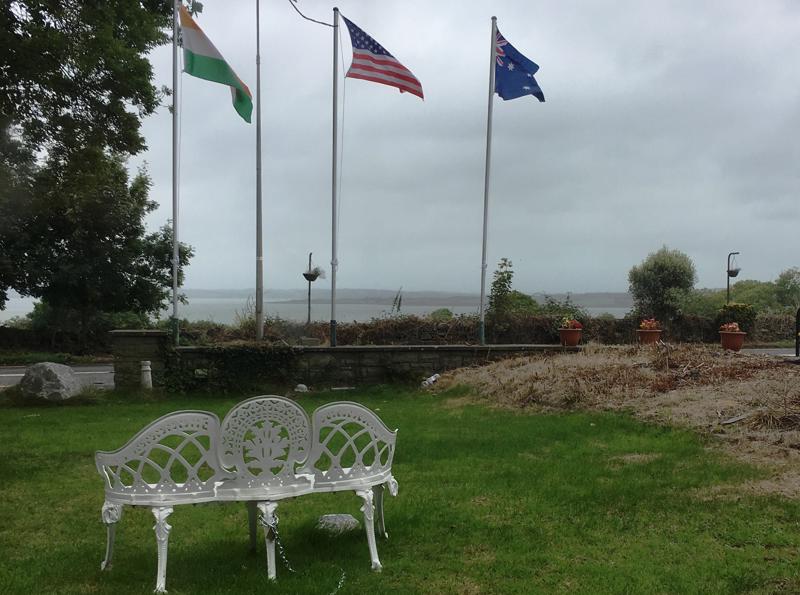
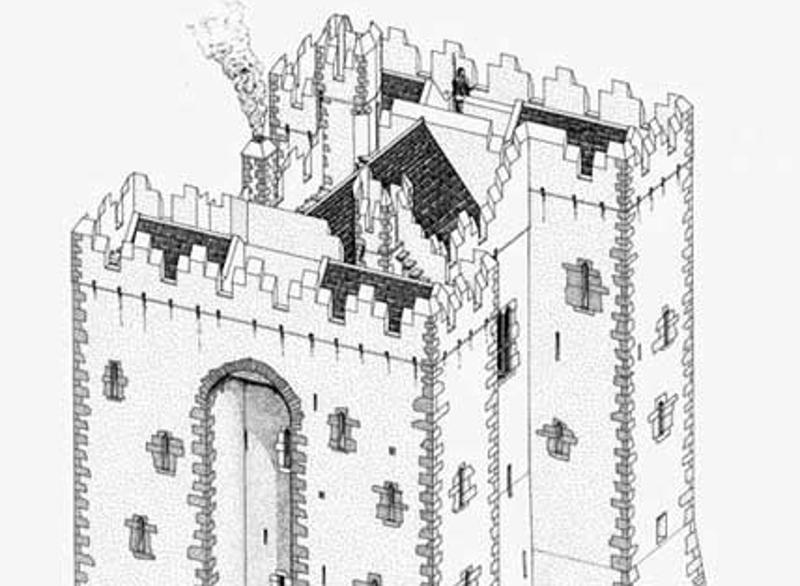
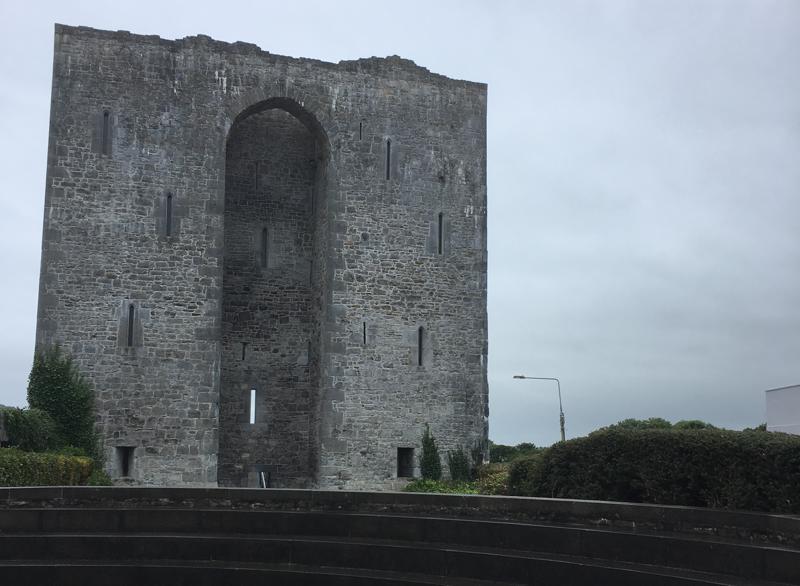
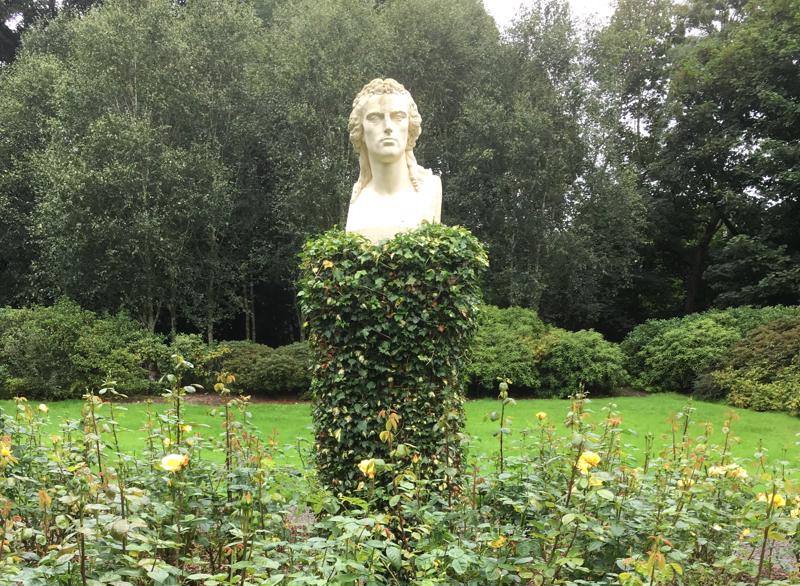
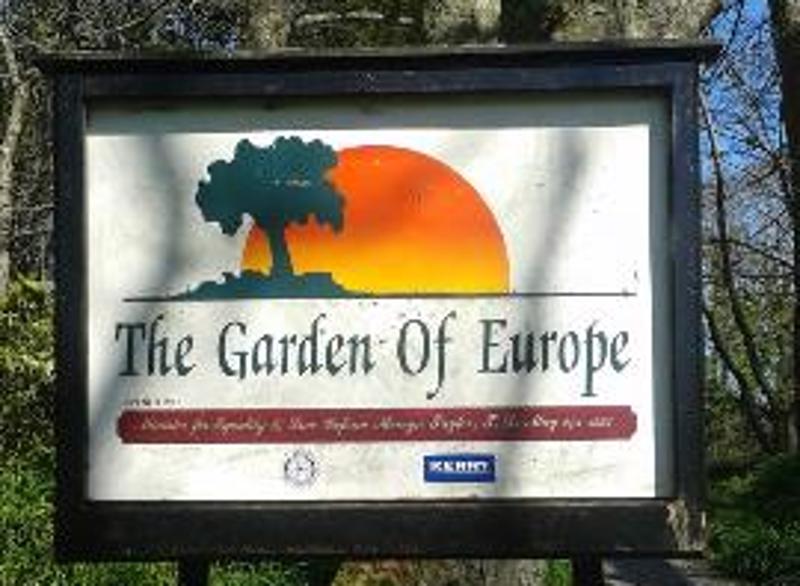
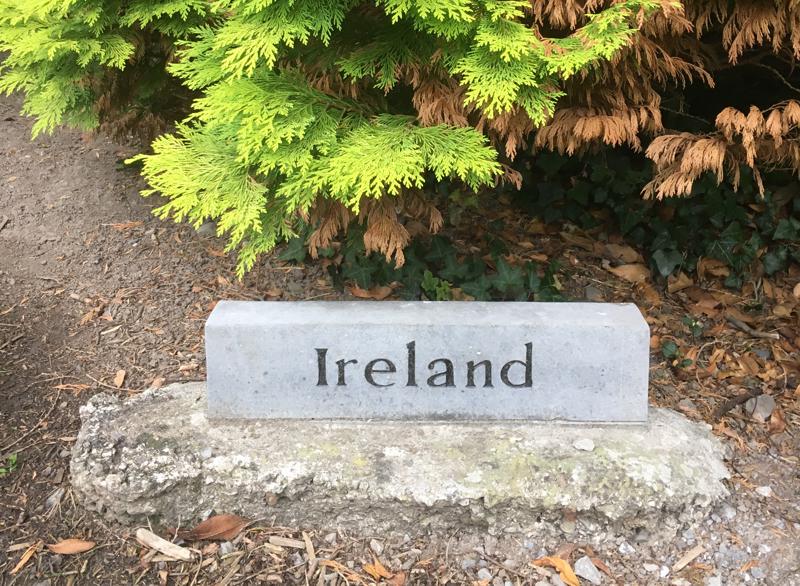
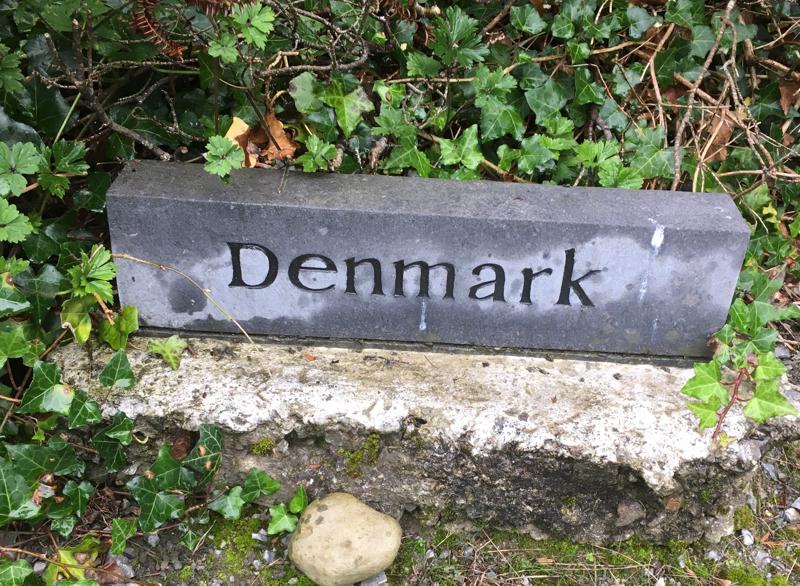
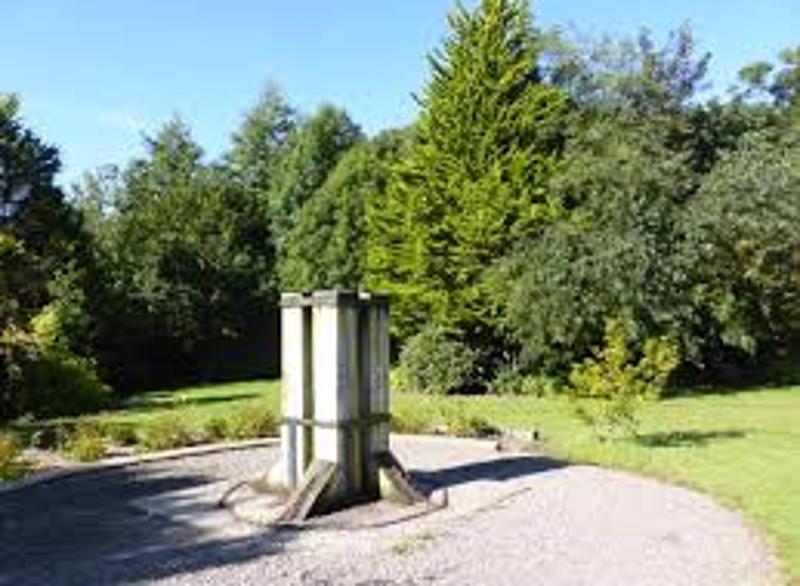

Lislaughtin Franciscan Friary is located near the village of Ballylongfort, Co. Kerry at the mouth of the river Ballyline, on the Shannon estuary, in the diocese of Ardfert. The friary was an Observant foundation established by John O’Connor, lord of Kerry who begun its construction in 1470. The friary was licensed by Pope Sixtus IV in 1477. The place name Lislaughtin suggests that an earlier church existed before the friary that took its name from the seventh-century saint, Laichtín. It is located in O’Connor’s territory only 2km away from Carrigafoyle castle, a stronghold of the O’Connor Kerry.
In 1470, the local lord, John O’Connor-Kerry and his wife, Margaret Nagle, founded Lislaughtin Friary for the Observant Franciscans. In 1477, Pope Sixtus IV licensed it as a religious house, and the friary was completed and its church consecrated in 1478. For over 102 years it served as a spiritual, educational and charitable centre for
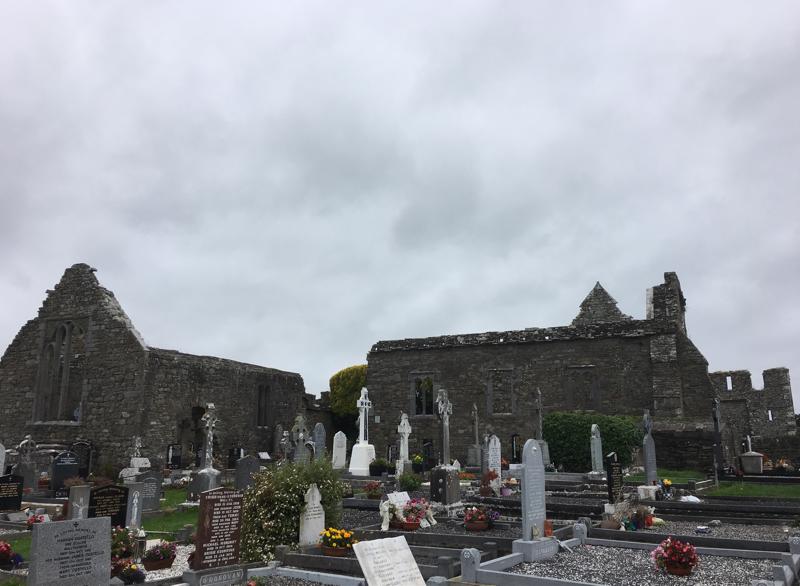
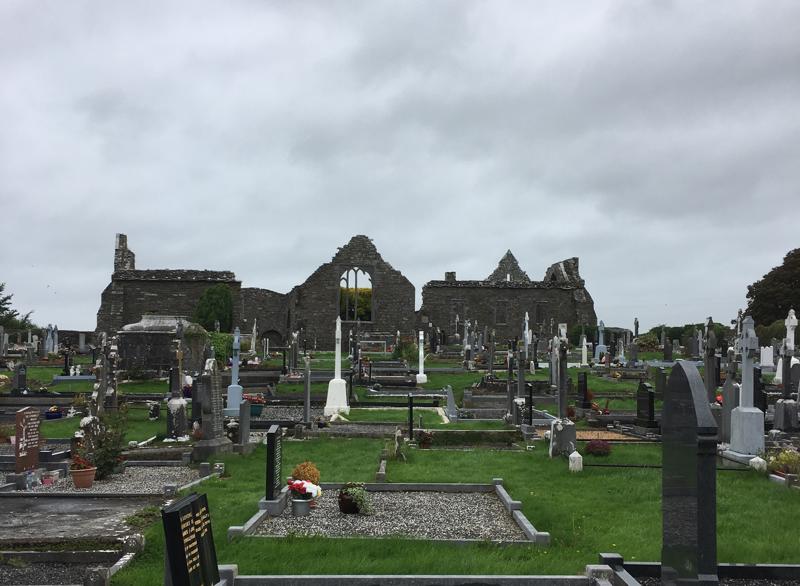
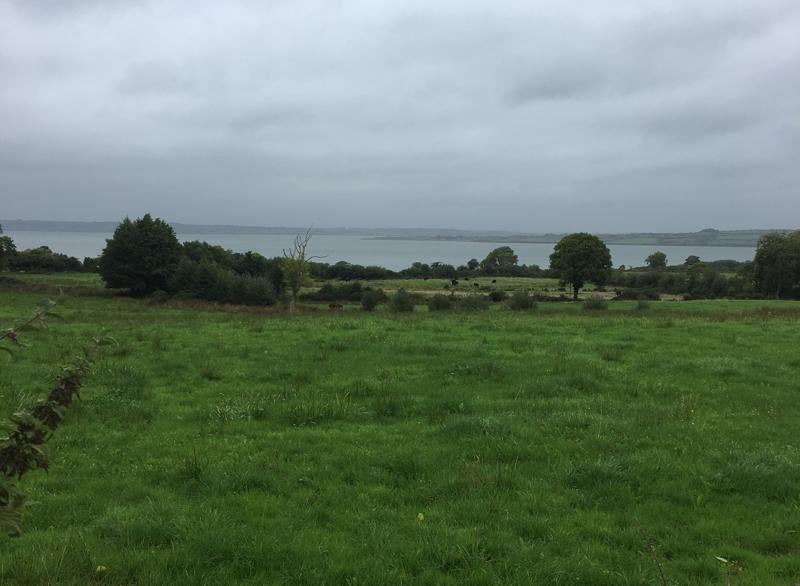
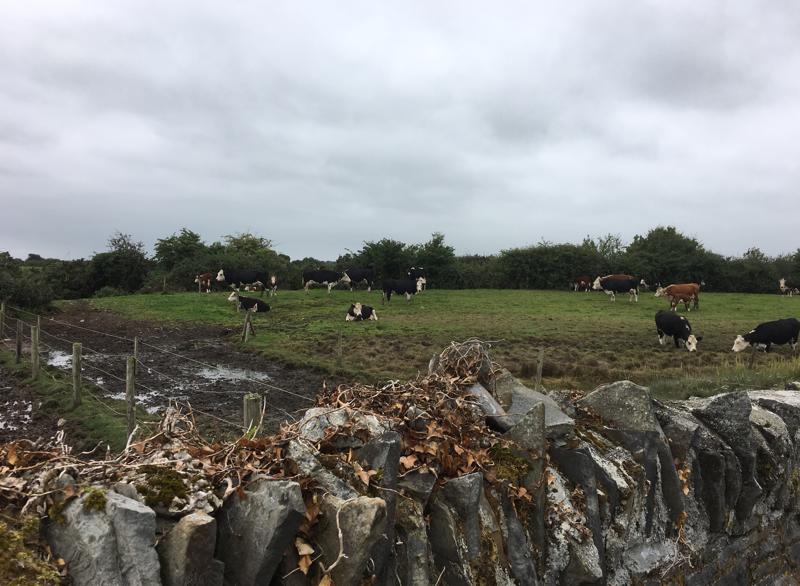
the Shannon estuary region. Also it served as the mausoleum of the O’Connor-Kerry dynasty.
In March 1871, a farmer was ploughing some reclaimed bogland in the local townland of Ballymackessy when he discovered the Lislaughtin Cross, also known as the Ballymackessy or the Ballylongford Cross. The cross itself was made of silver-gilt and stands at 67 cm tall, and a wooden shaft inserted into its collar would have held it aloft in procession. It bears the figure of Christ Crucified, and the finials on the three upper arms of the cross and the central boss have cartouches containing symbols of the Four Evangelists. The figures on the collar represent St Francis and other saints of his Order. It is now on display in Dublin at the National Museum.
Carrigafoyle Castle, built between the years 1490 and 1500, is considered one of the strongest of Irish fortresses. It stands on a rock in a small bay off the Shannon estuary.
Both the castle and the friary are in the middle of nowhere. There was not a living soul to be seen for miles, much less another tourist!
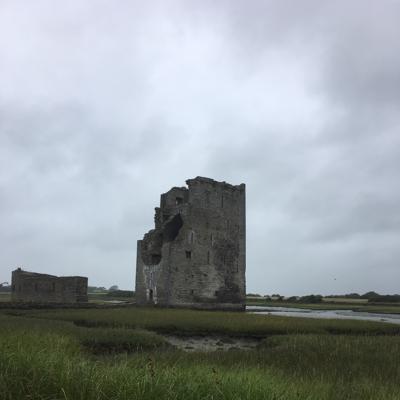
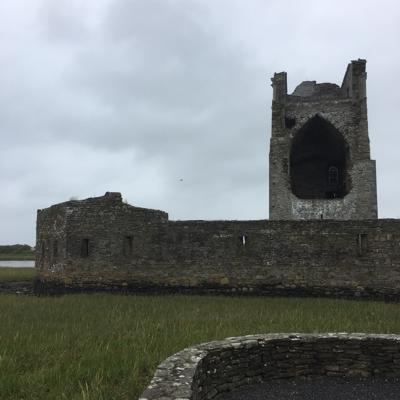
I really detest crowds. Since my brain hemorrhage & TBI, I just can't stand all the stimulation anymore. I do love to photograph iconic sites. But, since iconic sites are tourist attractions, I try to find alternate views that the masses don't visit. What a thrill it was for me when I found an alternative to the Cliffs of Moher and its countless tour buses while doing research for this trip.
No disrespect to Moher, of course. Those cliffs are indeed beautiful and I'm sure worthy of every photograph. Therein lies the issue, really: They had to build a safety wall because of all the pushing, shoving, and jostling that comes with hundreds of people angling for the perfect selfie shot.
Thanks to a small paragraph hiding in a tour book, I discovered that there is a nice alternative to the Cliffs of Moher a bit further south in County Clare. Not only is it far less crowded, they say, it's easy to get up-close-and-personal with these cliffs because there are no fences, walls or heads to obstruct the view.
So, bright and early, I will be on this car ferry to Loop Head. The ferry is just a few miles from my B&B.
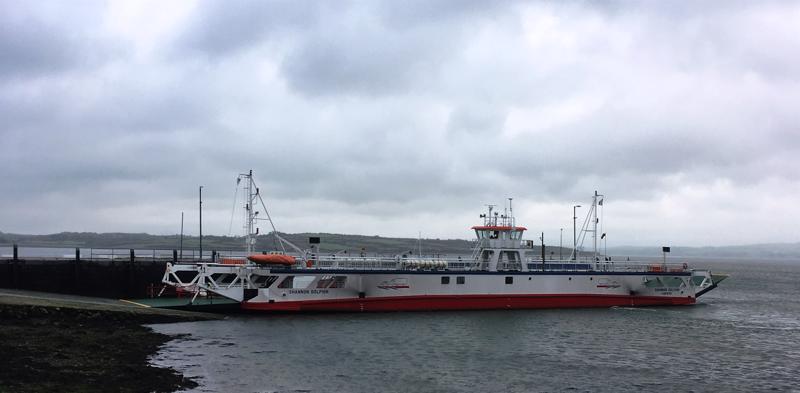
1.
Off to the Emerald Isle!
2.
Day 1: Dublin
3.
Day 2: Dublin
4.
Day 3: Dublin
5.
Day 4: Rosslare Harbour
6.
Day 5: Kinsale
7.
Day 6: Kinsale Part Two
8.
Day 7: The Wild Atlantic Way Begins...
9.
Day 8: The Wild Atlantic Way to Killarney
10.
Day 9: Tralee
11.
Day 10: Tarbert
12.
Day 11: Loop Head
13.
Day 12: Ballinasloe, Clarke Family History, & Knock Shrine
14.
Day 13: Galway City
15.
Day 14: Ballyvaughan - The Burren, County Clare
16.
Day 15: Cliffs of Moher. ALONE!!!
17.
Day 16: Connemara & Sligo
18.
Day 17: Sligo and Great Grandparents Devins
19.
Day 18: Roscommon & Athlone
20.
Day 19: Kildare, County Kildare & Dublin City
21.
Day 20: Mountjoy Prison, Dublin
22.
Day 21: Erin Go Bragh!
23.
Notes: Places I'd Stay Again
Share your travel adventures like this!
Create your own travel blog in one step
Share with friends and family to follow your journey
Easy set up, no technical knowledge needed and unlimited storage!